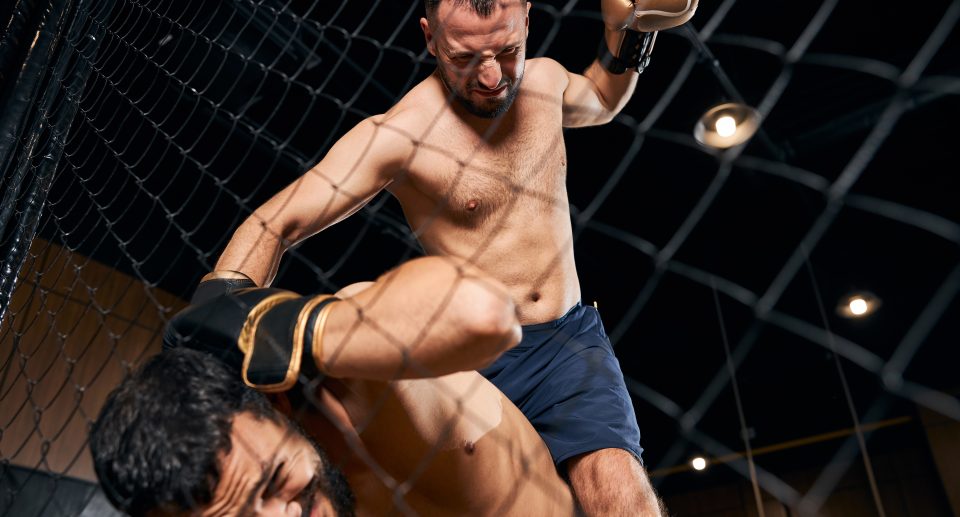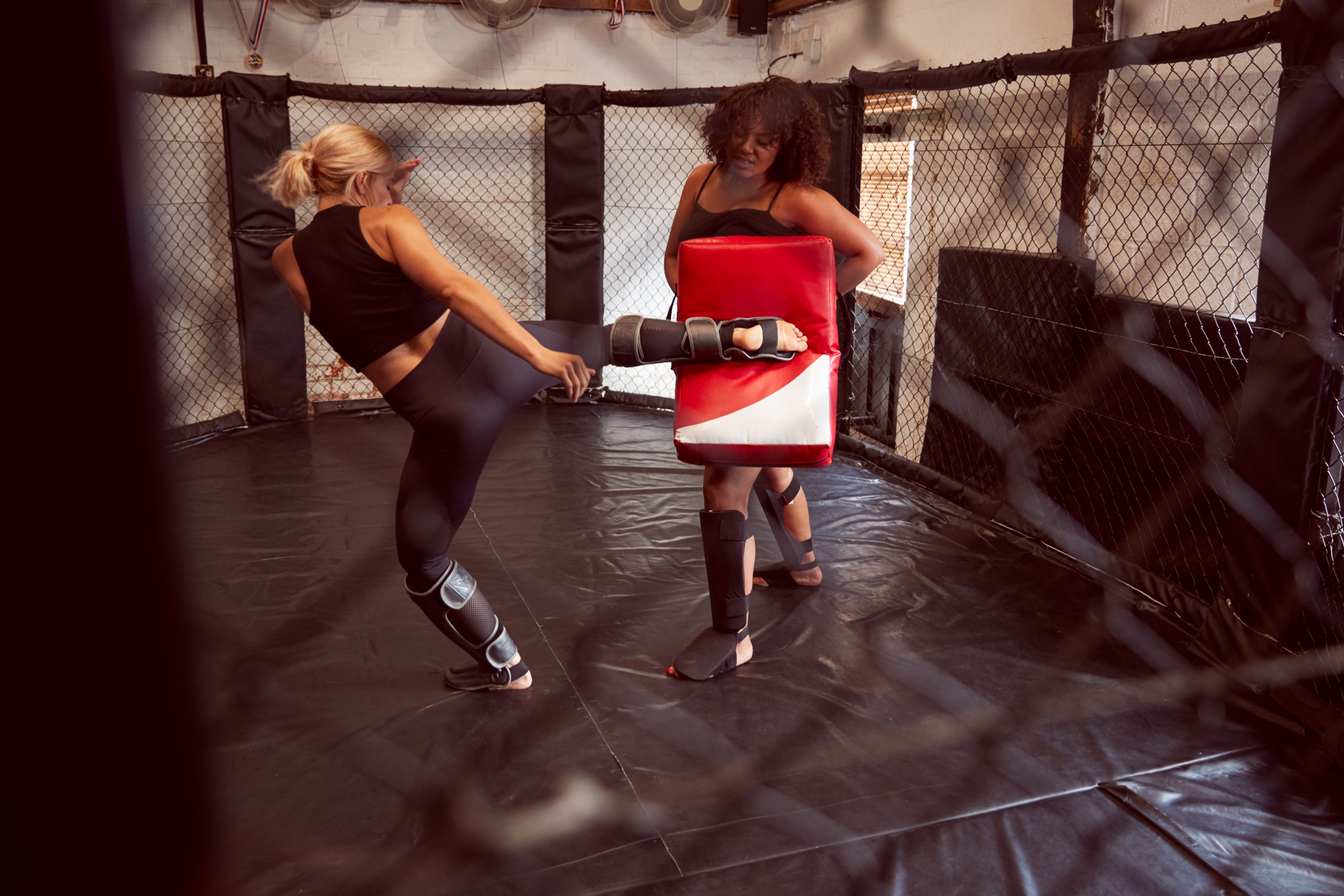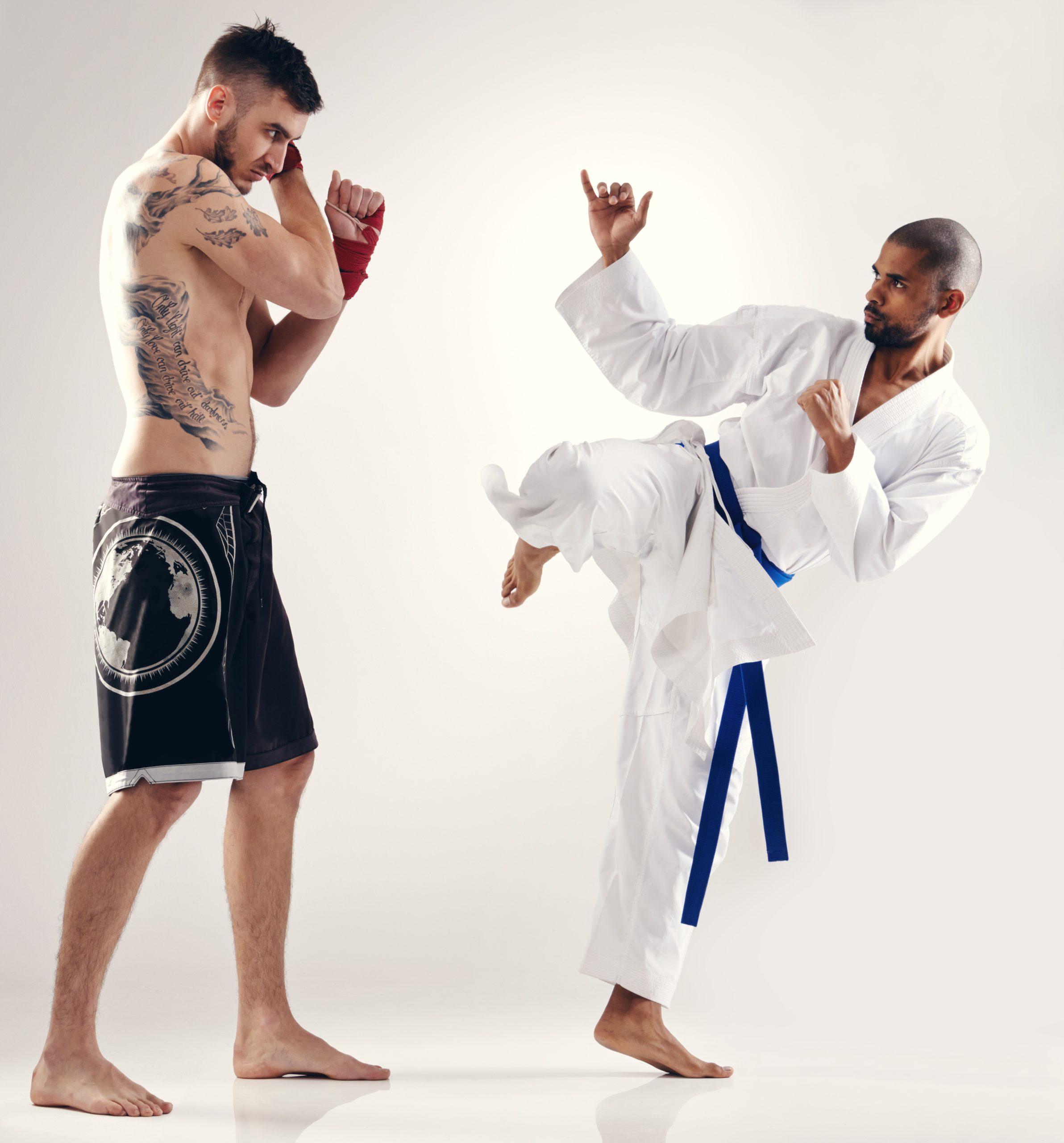Wrestling: The Ancient Sport of Strength, Strategy, and Skill
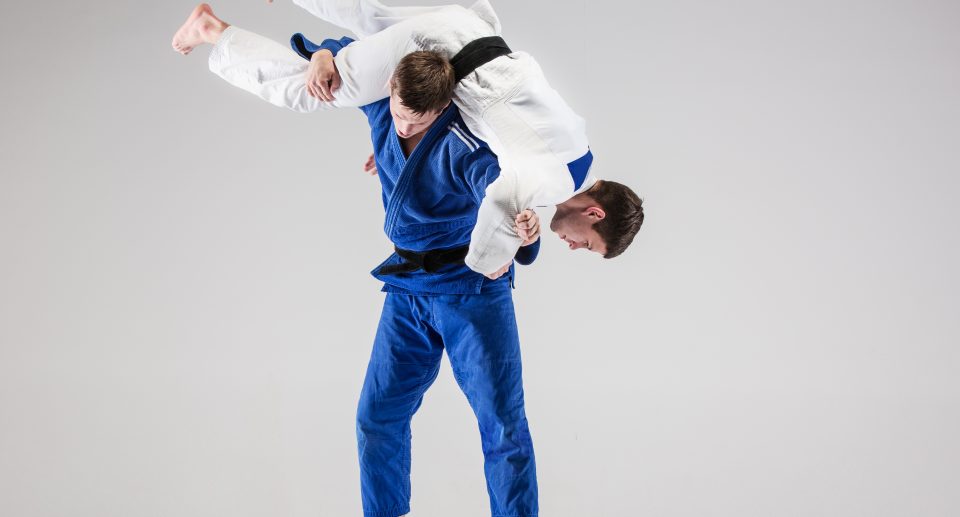
Wrestling is one of the oldest and most revered sports in the world, with a rich history that spans across cultures and centuries. Known for its intense physicality, strategic depth, and technical precision, wrestling is a sport that tests the limits of human strength and endurance. In this blog, we will explore the origins of wrestling, its various styles, the training regimen of wrestlers, and the profound impact the sport has on its practitioners and fans.
The Origins of Wrestling
Historical Background
Wrestling can trace its roots back to ancient civilizations, including Egypt, Greece, and Rome, where it was practiced as a form of combat and sport. It was a prominent feature in the ancient Olympic Games, highlighting its significance in Greek culture. Throughout history, wrestling has evolved, with various cultures developing their unique styles and techniques.
Cultural Significance
Wrestling holds cultural significance in many parts of the world. In Japan, sumo wrestling is a national sport with deep-rooted traditions. In India, wrestling (known as kushti or pehlwani) is practiced in traditional mud pits called akharas. Each culture brings its distinct flavor to the sport, but the essence of wrestling—testing strength, skill, and strategy—remains consistent.
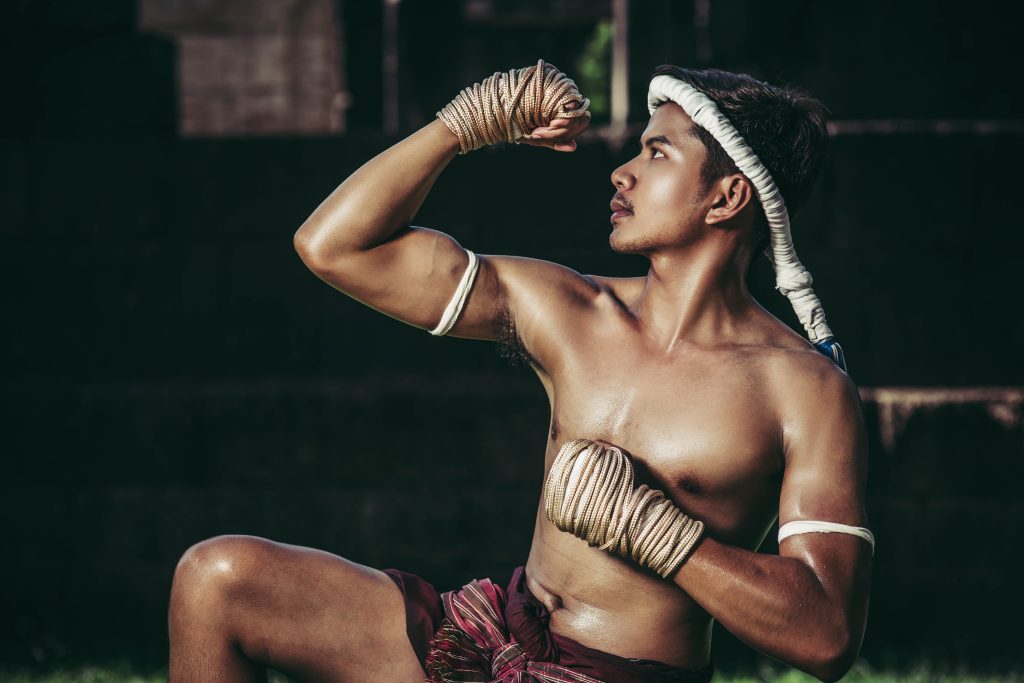
The Styles of Wrestling
Freestyle Wrestling
Freestyle wrestling is one of the most popular and widely practiced forms of the sport. It allows athletes to use their legs in both offense and defense and emphasizes takedowns, throws, and pins. Freestyle wrestling is known for its dynamic and fast-paced nature, making it a favorite in international competitions such as the Olympic Games.
Greco-Roman Wrestling
Greco-Roman wrestling is another Olympic discipline that restricts holds below the waist. This style focuses on upper-body techniques, such as throws, locks, and clinches. The emphasis on strength and technique makes Greco-Roman wrestling a unique and challenging discipline.
Folkstyle Wrestling
Folkstyle wrestling, also known as collegiate wrestling, is predominantly practiced in the United States. It is characterized by its emphasis on control and riding time, with points awarded for maintaining dominant positions. Folkstyle wrestling is a staple in American high school and college athletics.
Traditional and Cultural Styles
In addition to the mainstream styles, many traditional and cultural forms of wrestling exist around the world. These include sumo wrestling in Japan, ssireum in Korea, and schwingen in Switzerland. Each style has its own set of rules, techniques, and cultural significance, contributing to the rich tapestry of global wrestling traditions.
The Training Regimen of Wrestlers
Physical Conditioning
Wrestling demands a high level of physical fitness. Wrestlers undergo rigorous training regimens that include:
- Cardiovascular Training: Running, sprinting, and other aerobic exercises to build endurance.
- Strength Training: Weightlifting and bodyweight exercises to develop muscle strength and power.
- Flexibility and Agility: Stretching, yoga, and agility drills to enhance flexibility and quickness.
- Technical Drills: Practicing takedowns, escapes, reversals, and other techniques to perfect form and execution.
People find waiting more tolerable when they can see the work being done on their behalf
Possibly the best pizza I’ve ever had. I ate dinner here two out of my five nights in Iceland. Then, when I got home, I went and bought all of the ingredients to attempt to recreate the pizza for my friends. It wasn’t nearly as good, but it was still a hit. Go here, get the Umberto, and thank me later.
Peak-end rule
The Rover was my ticket and curiosity was my guide. This was a personal trip with no specific objective, so my agenda was as follows: food, museums (minus a particular one dedicated to dicks), a DC-9 plane wreck, soak in as many hot springs as possible, and maybe hit a waterfall or two. The Rover did exactly what it’s supposed to do; it lorded over city traffic, conquered the snow-covered roads of the countryside, stalled and flickered its dash lights occasionally, and gave me an all-around good old time with that ever-present Land Rover “is it going to strand me out here?” sensation that is so characteristic of these rigs.
- People find waiting more tolerable when they can see the work being done on their behalf
- The peak-end rule is a cognitive bias
- The time to acquire a target is a function of the distance
Here are a few destinations worth checking out — or avoiding — if you happen to find yourself with a few days and a dirt-cheap ticket and decide to make your way to the land of fire and ice. People think a soul mate is your perfect fit, and that’s what everyone wants. But a true soul mate is a mirror, the person who shows you everything that is holding you back, the person who brings you to your own attention so you can change your life.

